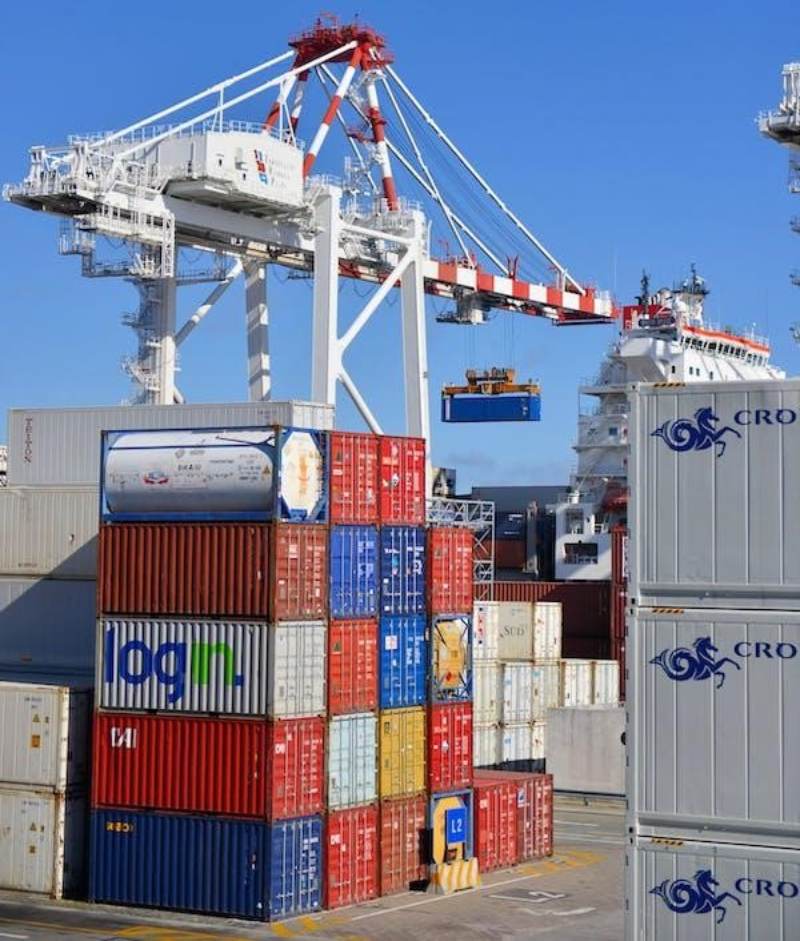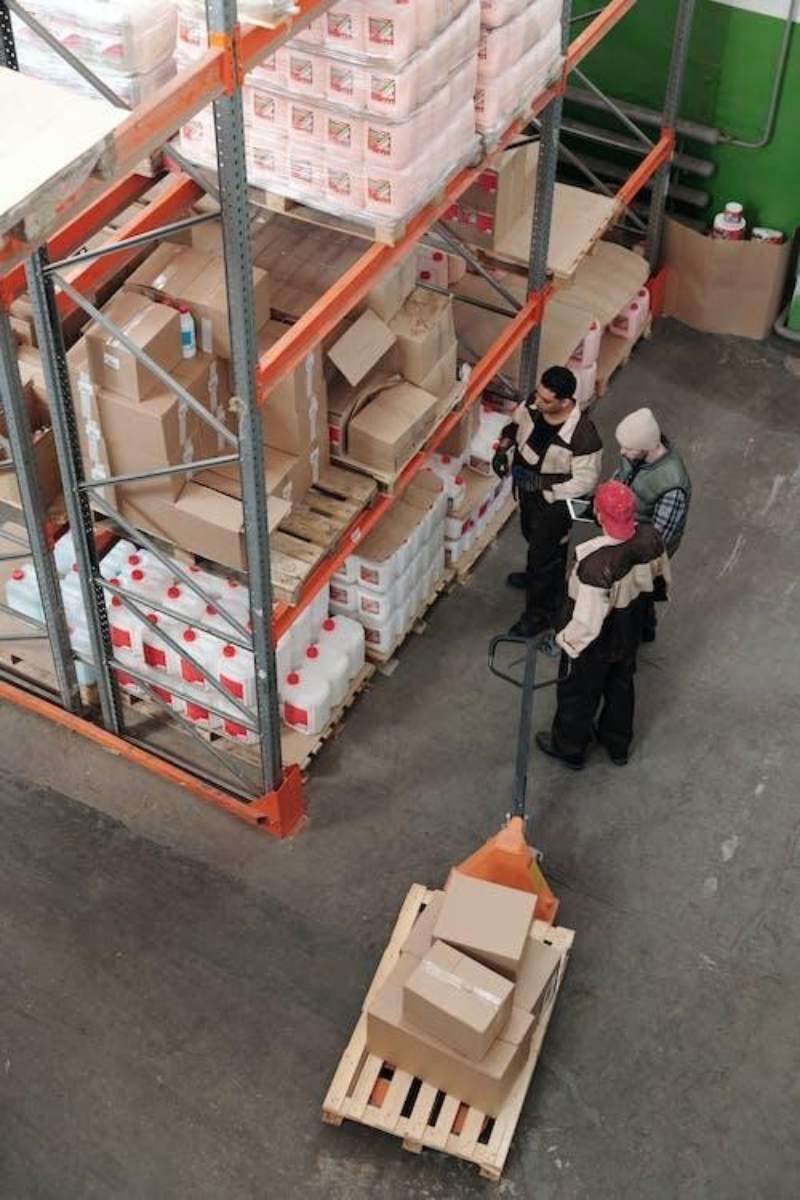Indian cuisine has gained enormous popularity around the world. It’s all because of the unique taste and aromas that can only be achieved through authentic Indian spices and herbs. People who have never been grocery shopping for Indian staples can find it hard to collect the right ingredients.
This increased the demand for Indian grocery stores all around the world. The Indian grocery import process has increased due to the rise of Indian food.

All the Indian grocery items such as herbs, lentils, grains, spices, and a lot more are on the top list for the countries with a prominent import service from India. The reason for importing these items at a higher rate leads to increased grocery stores created explicitly for selling Indian groceries. By bringing in Indian groceries & spices, people can get the ingredients they need to make traditional Indian meals and improve their cooking skills.
Some people like to order Indian food online but must deal with the shipping charges and taxes. Some people may need help finding a trustworthy food seller and end up with food that could be better quality. To avoid all this and enjoy a perfect Indian meal in the comfort of your home, it is best to order Indian spices online and use them for cooking delicacies every time you want. These herbs and spices have a long shelf life; making one purchase can serve you longer.
If you are looking forward to learning how to enter the world of Indian groceries, this Importing Indian Groceries guide can help you understand the step-by-step process.
Here is a comprehensive guide that outlines the step-by-step process to assist you
Importing Indian groceries can be complicated due to the differing import laws and regulations across various countries. Here are the steps you can follow for Indian groceries import-
Research and Make a detailed list of the Indian groceries that you plan to import
The first step you need to follow is to research the products you want to import thoroughly. To import Indian groceries, you may consider spices, lentils, rice, pickles, chutneys, and other similar products. A list of the goods you intend to import from India is required.
You must do market research in your target nation to choose which Indian foodstuffs to import. You must consider your target clients’ palate preferences, nutritional preferences, and cultural backgrounds.
There are so many ways to carry out your research. You can also collect input on the particular Indian foods consumers want to see in their local markets; you may also run a poll or focus group.
Clarify the laws and regulations
Another thing you need to learn is the importance of documentation that is required for the import process. Before importing your grocery items, you must ensure that you have acquired all the necessary permits, licenses, or certifications the law requires. This will ensure you comply with all the requirements and avoid legal issues.
It is essential to conduct thorough research on the import laws and regulations of the country you intend to import goods to avoid any conflict and facing difficulties.
There are so many rules and regulations followed by every country regarding the international import system. Make sure you have researched all about the requirements before you get into the Indian grocery import process.
Find a trustworthy supplier

Finding a reliable seller to meet your needs is essential when you need to import food items. If your supplier is trustworthy, you can avoid many difficulties and losses. In the worst case, you may have late shipments, low-quality products, missing items, or financial disagreements. Looking for a reliable seller in India who can give you the groceries you need is a good idea.
To ensure your groceries get to you safely and in proper condition, you should work with a reputable supplier and get the best Indian grocery items. There are many ways to find suppliers, such as through online platforms, trade shows, or personal suggestions. But, one of the best ways to avoid conflict is to check the reviews and ensure the prior importers were happy with the services.
Negotiate charges and discuss all Terms and conditions
Once you have selected your supplier, it is time to discuss the terms and costs of the services. Some suppliers with a good background charge a little higher than others. How much you can negotiate according to your budget is up to you.
It is recommended to clear all the terms and conditions regarding the payment method, delivery timeline, and any other relevant forte before placing the order with your supplier to avoid any contradictions.
Once you agree with the prices and services offered, you can discuss the legalities. Providing them with all the necessary documents and information is also essential to make customs clearance as easy as possible.
Custom clearance

When you ship Indian grocery items internationally, ensuring your shipment goes through customs before reaching its final destination is essential. Before the shipment can be delivered to you, this process must be done to ensure that all rules and regulations have been appropriately followed by all the people involved in the process. You might have to pay taxes and some additional fees in the clearance process, so be prepared for these extra expenses.
Once your shipment is released and customs clearance is passed, you can move your Indian grocery items to the stores or customers. Everything in the process must follow the rules and terms of the government to avoid any extra charges or any other difficulty. It’s essential to follow the rules set by your local government.
If you follow these steps carefully, it will be easy to import Indian groceries to any country. To avoid any concerns or uncertainties, it is essential to research, follow the rules, and work with reliable suppliers.
Conclusion
The import of Indian groceries to various countries can be a lucrative experience if appropriately executed, according to this Importing Indian Groceries guide. To successfully import Indian groceries, it is paramount to identify the specific grocery items you wish to import. The things you import must be authentic. Otherwise, importing them from India is fine.
You must conduct thorough market research to determine the customers’ demand in the intended destination and add these items to your list. After finalising the products, the next step must be to search for a trustworthy supplier, discuss the terms and prices, supervise the delivery process, and pass through the customs clearance procedures.
By adhering to these guidelines and collaborating with reliable associates, it is possible to effectively import Indian groceries and cater to the increasing global demand for these items.

Shrey Chaudhary
Experienced freelancer in multiple domains such as content writing, digital marketing, and virtual assistant. Shrey's a learner and an explorer who keeps taking risks and always learns from them. If you are looking for a genuine, and experienced freelancer in the any of mentioned domains below, Get excited! You are reading the right profile. 1. Content Writing. 2. Social Media Marketing. 3. Shopify Virtual Assistant 4. E-Commerce Product Listings. Contact Shrey Now!


